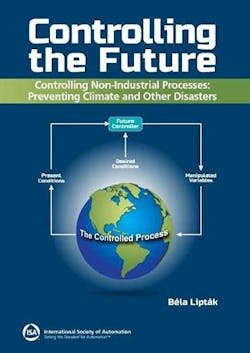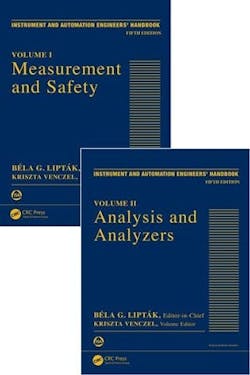When I was teaching automation at Yale University, my course was listed among the chemical engineering department’s courses. When my automation handbooks were published by Chilton, they were promoted among their electrical engineering books. They didn’t have anything against our automation profession; they simply didn’t know if automation existed as a separate engineering profession.
In August, Rick Zabel, managing director of publications at the International Society of Automation, changed that perception by announcing that, beginning in 2026, ISA books that are intended to be used as university textbooks will be co-published with Wiley. The publisher will organize and direct the sale and distribution of ISA’s textbooks among university libraries. Automation textbooks jointly published with Wiley in 2026 will include three of my earlier publications.
Controlling the future—oil to hydrogen
Figure 1: University textbook explaining how the rules of the automation engineering profession can help in directing our evolution into a sustainable and safe global future
The first textbook of mine describes the conversion of our energy economy from fossil fuel (Figure 1). It will be gradually replaced during the coming decades by solar- and hydrogen-fueled energy. This textbook emphasizes the role automation will play in that transition. While the book mentions the conclusions of sophisticated mathematical models, I intentionally left out all complex equations and derivations that could make the text hard to follow by the average student.
In this volume, I also describe some of the roadblocks we’re already facing, and how their harmful consequences can be anticipated and minimized. Some of these roadblocks are caused by our out-of-control artificial intelligence (AI) boom, which is colliding with the brutal infrastructure reality that there isn’t enough power available in our outdated and undersized grid to meet the demands of mushrooming AI data centers. Currently, grid capacities are limited, and can delay global AI potential by years.

Figure 2: University textbook explaining the operation of the control systems used in many industrial applications
Replacing our existing grid with a new and larger electric grid that can supply all data centers would be too expensive, so another type of power supply distribution network should be considered. In this book, I describe a new power distribution network, which can be large and flexible enough to meet the needs of all AI data centers. This power distribution network will transport hydrogen (instead of electricity), and provide a large energy storage capacity for backup and converting intermittent energy sources into continuous ones.
Process control and optimization
My second textbook included in this co-publication project covers the various methods of controlling industrial processes, and has the same contents as the earlier 4th edition (Figure 2).

Figure 3: University textbooks describing detectors and analyzers available for monitoring and controlling industrial processes
Measurements and analysis
These two volumes cover the various methods of measuring and analyzing the properties of industrial processes, as was already published as the 5th edition (Figure 3).
